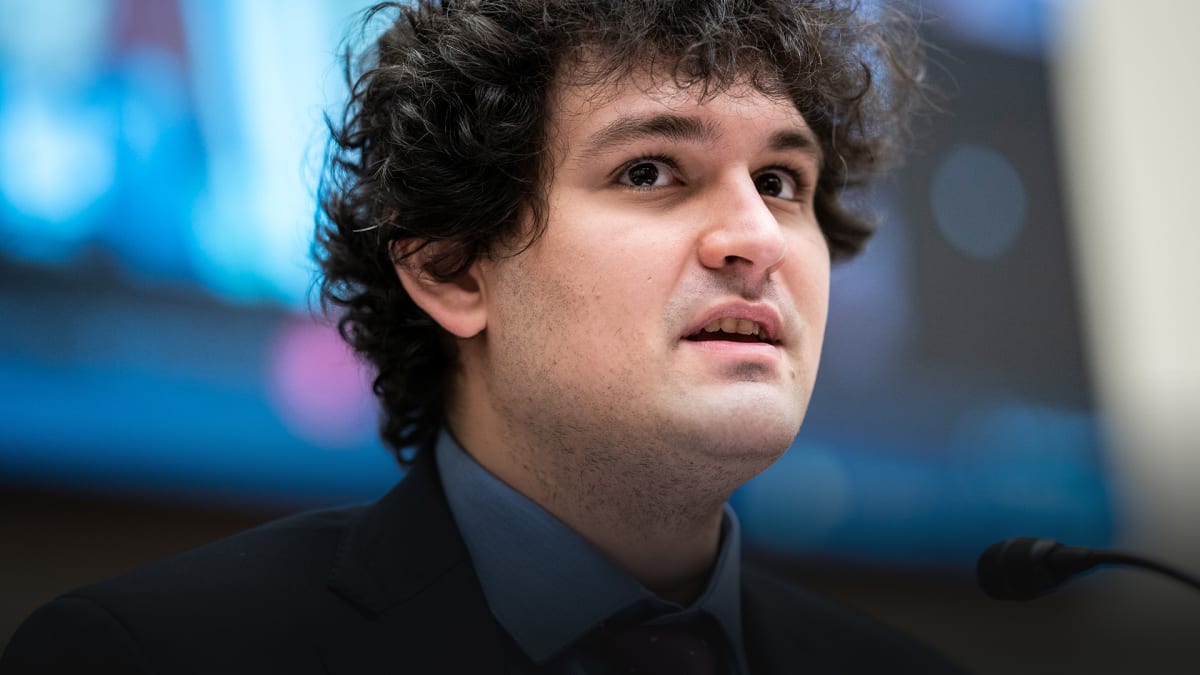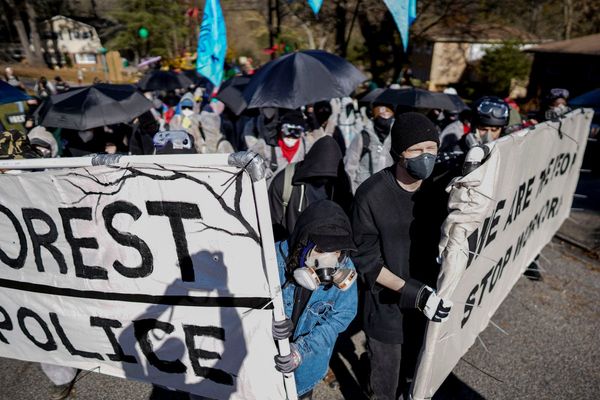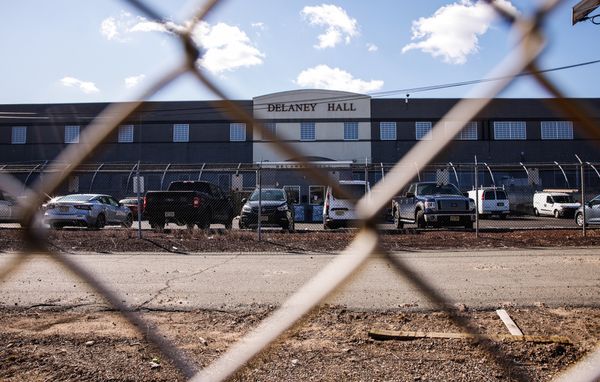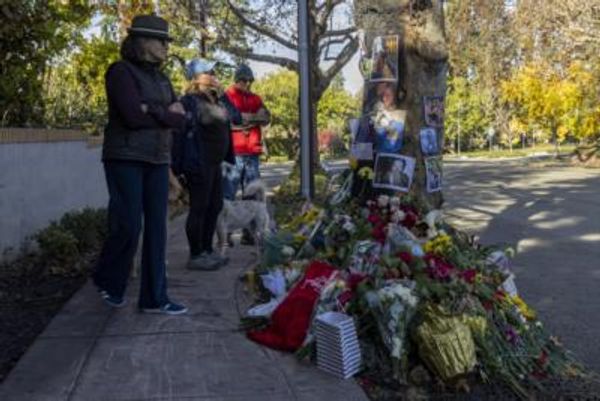
How did 30-year-old Sam Bankman-Fried manage to make his cryptocurrency empire look solid, if not the most financially sound firm in the fledgling cryptocurrency industry?
The question has haunted the industry and the business community since FTX, one of the largest cryptocurrency exchanges, imploded on Nov. 8, urgently requesting the help of its great rival Binance to try to honor its obligations.
But the situation was so dire, that Binance finally gave up on helping, after a closer look at FTX's books and the suspicion of potentially illicit practices.
"As a result of corporate due diligence, as well as the latest news reports regarding mishandled customer funds and alleged US agency investigations, we have decided that we will not pursue the potential acquisition of http://FTX.com," Binance CEO Changpeng Zhao said in a message posted on Twitter.
He continued: "In the beginning, our hope was to be able to support FTX’s customers to provide liquidity, but the issues are beyond our control or ability to help."
'He Set Off My BS Detector'
As a crypto exchange, FTX executed orders for their clients, taking their cash and buying crypto currencies on their behalf. FTX acted as a custodian, holding the clients’ crypto currencies.
FTX then used its clients’ crypto assets, through its sister company’s Alameda Research trading arm, to generate cash through borrowing or market making. The cash FTX borrowed was used to bail out other crypto institutions in the summer of 2022.
At the same time, FTX was using the cryptocurrency it was issuing, FTT, as collateral on its balance sheet. This represented a significant exposure, due to the concentration risk and the volatility of FTT.
Once this exposure came to light, clients, fearing an FTX collapse, rushed to liquidate their crypto positions and get their money back. Customers on Nov. 6 withdrew a record $5 billion. It was a run on the exchange. This led to the insolvency of FTX, since it did not have the crypto assets, now on loan or sold, to honor its clients’ sell orders.
FTX went bankrupt on Nov. 11. The assets of the group, whose head office is in the Bahamas, have been seized by the local authorities. It is difficult to say whether investors will ever be able to get their money back.
As the blame game began and regulators launched investigations, Tesla (TSLA) CEO Elon Musk said it was obvious that Bankman-Fried was more about showing off and less about substance.
In a statement on Twitter, the billionaire Tesla exec confirmed that while he was raising the $44 billion needed to acquire Twitter, one of his advisers contacted him to say that Bankman-Fried wanted to participate by bringing in $3 billion.
"He set off my bs detector, which is why I did not think he had $3B," the billionaire said on Twitter on Nov. 11.
"To be honest, I'd never heard of him," Musk told listeners of a Twitter Space on Nov. 13. "But then I got a ton of people telling me he's got, you know, huge amounts of money that he wants to invest in the Twitter deal. And I talked to him for about half an hour. And I know my bullshit meter was redlining. It was like, this dude is bullshit - that was my impression."
He continued: " Then I was like, man, everyone including major investments - everyone was talking about him like he's walking on water and has a zillion dollars. And that [was] not my impression ... that dude is just - there's something wrong, and he does not have capital, and he will not come through. That was my prediction."
'I F-----up'
Musk and Bankman-Fried were put in contact by Will MacAskill, Oxford philosophy professor. MacAskill talks about Bankman-Fried to Musk on March 29 as a potential financial partner in an acquisition of Twitter, according to Musk's private messages that were revealed by the court during his battle with Twitter.
"He’s worth $24B, and his early employees (with shared values) bump that to $30B. I asked about how much he could in principle contribute and he said ”~$1-3B would be easy `$3-8b I could do ~8-15b is maybe possible but would require financing," MacAskill texted Musk talking of Bankman-Fried.
But in the end, Musk did not accept Bankman-Fried's proposal.
A few months later...
"I'm sorry," Bankman-Fried wrote on Twitter on Nov. 10. "That's the biggest thing."
He added that: "I f----- up, and should have done better."







